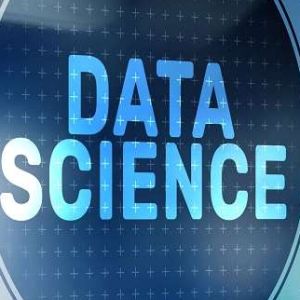Data Science for Cyber SecurityPosted by sairaj tamse on July 14th, 2022 INTRODUCTIONThere is an unprecedented amount of data creation everyday. Over 90% of all data ever generated was created in the last two years; hence, data generation is expanding exponentially. This includes browsing history, shopping carts, Tik Tok videos, and Instagram images. Whatever it is, these businesses that handle and store data must ensure that it is secure; else, many dissatisfied customers would soon turn against them. Data Science:Data science is such a broad, all-encompassing field. It covers so many topics that it would take a long time to adequately define what they do. I'll instead talk about what they produce when all is said and done with their effort. Predictions, forecasts, anomaly detection, categorization, statistical analysis, and pattern finding are just a few of the things that data science offers. These are all machine learning approaches. A kind of artificial intelligence called machine learning enables a machine to draw conclusions about situations it has never encountered by learning from its prior experiences. Cybersecurity:Data and system security is the area of cyberspace. Due to the limitations of cybersecurity solutions, this is a very vital responsibility that only grows harder. Protecting systems and defending against hacker attacks are the main responsibilities of cybersecurity. However, hackers always had the advantage due to their approach of reacting to attacks after they occurred. Reactionary measures slow down security compared to the threats it faces. A firewall uses web application firewalls (WAFs) to find harmful code and choose the best course of action. Rule-based and signature-based WAFS are two types of WAFs. Integration Of Data Science With Cybersecurity:When these two fields come together, cybersecurity acquires a powerful tool against breaches. The field of cybersecurity data science (CSDS) provides a systematic strategy for spotting malicious attacks on digital infrastructures. To recognize dangers, it employs a data-focused strategy that makes use of machine learning techniques.
Overall, data scientists provide cybersecurity professionals with information as a final product that can help them better understand how to defend against assaults. Are you considering a career in data science in the cybersecurity domain? Head over to a data science course in Bangalore, especially crafted for working professionals from any field. Learn the skills and become an IBM-certified data science professional.
Like it? Share it!More by this author |


